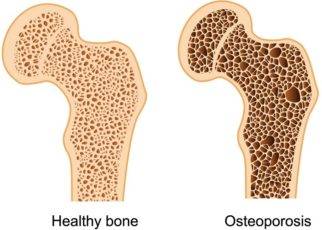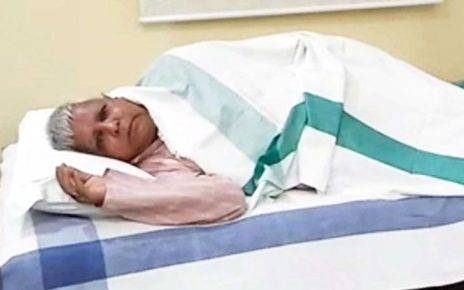Bone density gets more important as you get older, especially if you are a Caucasian post menopausal woman. Bone density is a gauge for bone strength. Bone strength is the capacity to resist fracture.
If your bones contain a high mineral content they are less likely to break. In contrast, if your bone density is very low, fractures can occur from rolling over in bed.
Osteoporosis is the name of the disease responsible for bones becoming more likely to break. Bones normally undergo construction constantly. Osteoporosis develops if bones develop insufficient mass, and there is either an excessive amount of bone resorption or there is a shortage of new bone formation during remodeling.
Combinations of these conditions result in the creation of fragile bones that have low resistance to breaking. The lower back, ribs, hips and wrists are high fracture areas for people with osteoporosis. There are no symptoms to this disease but bone density tests can determine if you have or are at risk of osteoporosis.
The test is painless and does not require any preparation. An initial test may be taken of the bone density in your heel or finger with a small machine. If the test is positive the doctor may recommend a scan of the hip or lower spine. These areas are thought to give more accurate readings because they are where major fractures occur.





